Warts: A Common Medical Condition
Warts on the fingers are a quite common medical condition which may affect virtually any person. Warts can occur on the fingers and other parts of the skin of the hands. Most types of warts are characterized by growths of the person's usual skin color and they are always rough when touched.
The cause of all warts is a certain type of virus medically referred to as the human papilloma virus. This type of virus cannot be cured and it actually contains more than 60 different subtypes. In most cases, warts will resolve on their over a period of 2 or 3 years, but warts can also be present for much longer. Once a person's warts are eliminated, she or he may develop warts again at any time.
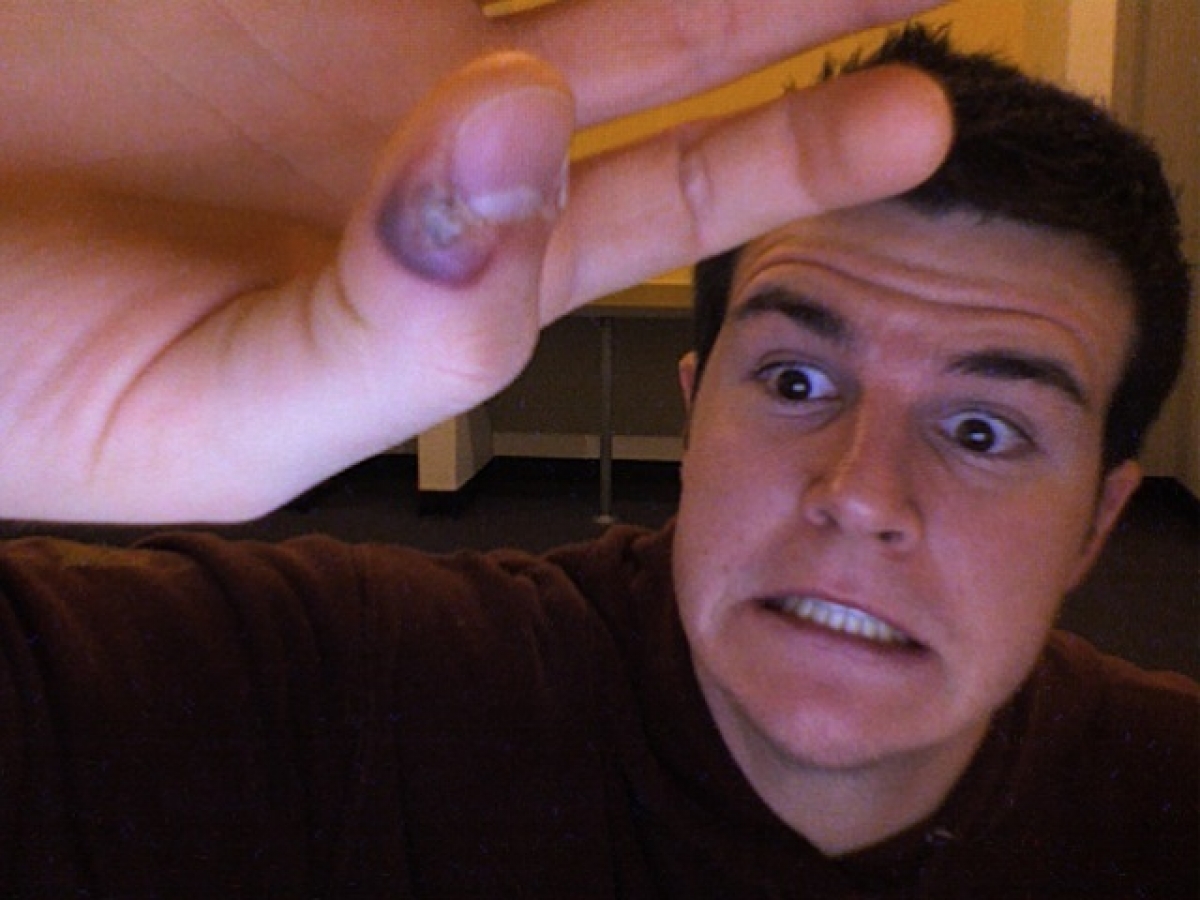
There are three different types of warts. Common warts can be characterized by a surface that is rough to the touch and that has a well defined border. These warts are up to a centimeter wide, they can have different colors, and in most cases they are firm to the touch. Plantar warts occur on the soles of the feet and they are usually flat with a black dot that comes from clotted blood vessels. These warts can be very painful, and are also called verrucas.
The third type of warts are genital warts. Finger warts cannot be associated with cancer and they are not a serious medical condition, but they can be rather embarrassing, unsightly, and uncomfortable to have. In some cases, the warts may be very itchy and when they get irritated, they usually bleed. The skin that surrounds the warts can become rather painful if it gets irritated, which is common when exposed to friction. Warts may affect any part of the skin of the human body, but the most common areas where warts proliferate include the hands, feet, face and fingers.
Warts are contagious and they can be passed by means of a direct contact and in an indirect manner by touching the same surface that a contaminated person touches. After a person is exposed to the virus that causes warts, it can take months for signs of wart development to show up.
Treatment Options for Warts
Warts can be removed using numerous different techniques, but the real issue is that in most cases they may return as the virus causing them will still be present. The best way to treat any type of warts is to use a method which also deals with the strengthening of the immune system because by doing so one increases the odds that the warts will not return after healing.
One of the best products out there is called Dermisil. It can provide great results in treating common warts in just a few hours. It strengthens the immune system and reduces the chance that warts return after the process of healing. Warts can be burned off, frozen (cryotherapy), or cut off but these treatments may cause disfigurement and permanent scarring, though not usually.
Are Raised Moles a Bigger Threat?
Moles are actually pigmented spots, often of black or brown color. They may also vary in size, shape and they may also involve uneven formations on the surface of the skin. Although usually being a very benign (harmless) and common mark on someone’s body, a mole can be a very dangerous problem, as well. Some moles tend to grow into malignant tumors.
There is a big misconception that flat moles are more dangerous than the raised ones. Moles, or nevi, are actually a kind of the accumulation of the skin cells and they can become darker in a person's adolescence, in the period of being pregnant and after the sunbathing, and, on the other hand, they can become lighter through the time.
In some cases hairs can grow from moles, and they can even disappear over time. Raised moles can sometimes be rather painful, and that is one reason to pay immediate attention to this problem. Fortunately, those moles that cause the pain are not so frequent, but they must be treated before they become cancerous, which is the inevitable consequence in many cases of such moles.
The symptoms of a cancerous mole are swollen tissue surrounding the mole, an itch and the irritation of that spot, and an inflammatory process is sometimes involved, too. Such moles may bleed. If the mole is not of just one color but it has multiple different shades (especially if they keep changing), it is a pressing reason to see your doctor, as well.
The other signs of the irregular, dangerous, and possibly malignant moles are the absence of roundness (which is usually accompanied by indefinite and irregular borders), and if they are bigger than six millimeters in diameter. Apart from the mentioned factors of risk, moles can become painful if cut or scratched during the shaving. This happens especially in the case of any raised moles, so it is necessary to point out that one should be extra careful when doing this routine. The sunrays may provoke a mole to become cancerous, due to the harmful ultraviolet rays which are very dangerous for the skin in general. Patients must take great care of raised and painful moles and that can be done simply by examining them on a regular basis to look for any changes in their development, because the earlier a cancerous mole is noticed, the greater are the chances for the removal and for curing it.






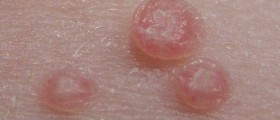
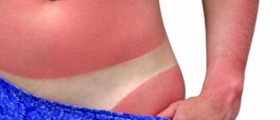



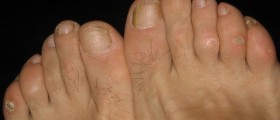

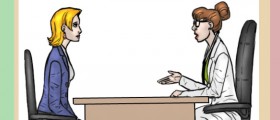



Your thoughts on this
Loading...